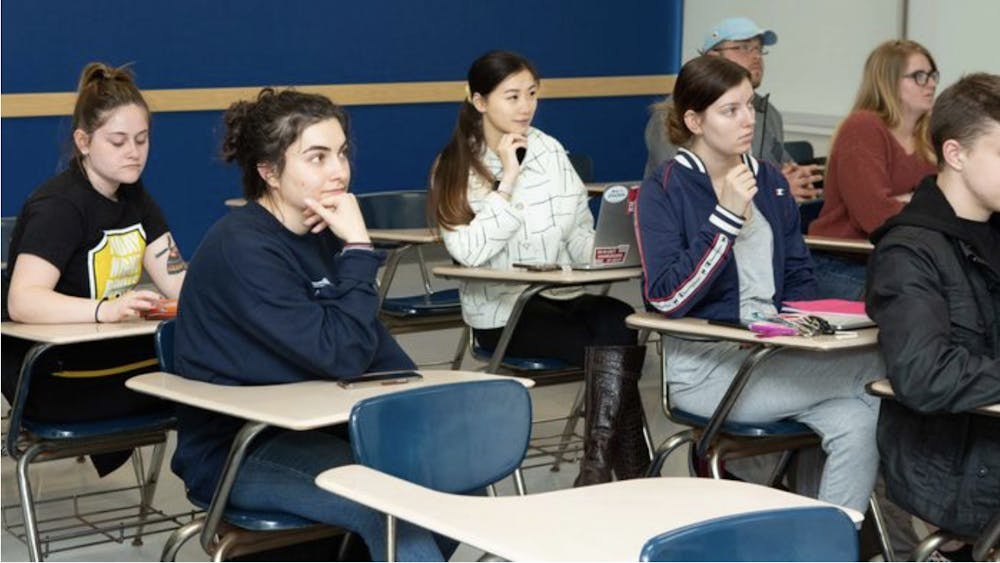PHOENIX— In classrooms across Arizona, high school students are opening college textbooks before even stepping foot on campus.
Dual enrollment programs allow students to take college level courses earning both high school and college credit concurrently. With the cost of higher education gradually increasing, both students and parents are flocking to dual enrollment as a way to save time and money while getting ahead.
As a part of its push for career readiness, Arizona school boards are encouraging more students to join the dual enrollment program. Maricopa Community College, Gilbert Community College, Pima Community College, Cochise College and Eastern Arizona College are just a few of the colleges that partner with local high schools.
Amid a room full of school board members during an open-to-the-public meeting, Paul Perrault from Helios Education Foundation said, “From 2017 through 2020 there was a high percentage of students taking English, Math, and CTE courses.” But, with all the commotion for career and college readiness, whether dual enrollment actually works is up for debate.
According to the Arizona State Board of Education, dual enrollment students are more likely to go to college rather than their non-dual enrollment peers. This increased likelihood was greatest for students who were Hispanic/Latino, male, and students in a Individualized Education Program.
Rebecca McKay, a Senior Data Scientist at Helios Decision Center for Educational Excellence said, “As students are taking more than one dual enrollment course, the total number of enrollments increased to 100,750 in 2024 from 77,469 in 2020.”
When asked what she hopes to gain from dual enrollment, high school sophomore Charlize Beauregard said, “ I hope to get college credit. When I am older my goal is to become a lawyer and I'm hoping with college credit I can up my chances of getting into a good college.”
“Arizona can sustain and increase funding, increase opportunities for teacher training, increase access to dual enrollment, target advising for priority student groups, and track progress,” Paul Perrault said when asked what Arizona can do to continue on its success with the dual enrollment program for future generations.
For dual enrollment programs to remain accessible, there needs to be funding. When schools aren’t given the funding to cover tuition and admission costs, the opportunities for low income families and students go away.
Scott Hagerman, a high school superintendent asked, “Is there anything around what barriers to access or what things to improve access other than the logistics? What grade is best to start advising students?”
Perrault addressed this by explaining that students should be starting this program in middle school as they are entering high school. “If people don’t think they are going to be able to afford these programs, they aren’t going to take the courses.”
If a student has never taken a college class like dual enrollment, the idea of succeeding in college can feel out of reach, especially for first generation students.
Jacqui Clay ended by saying, “Thank you for having patience, especially for rural schools that don’t have all of the resources yet.”

